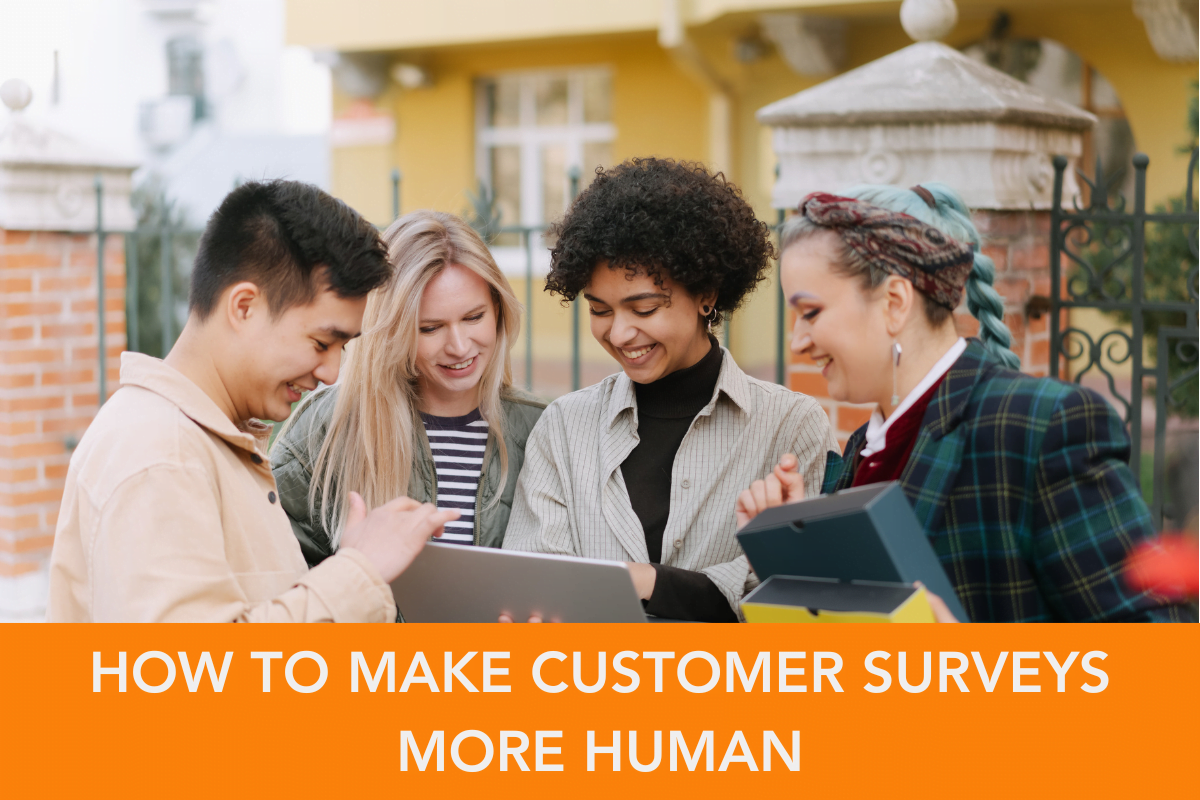Expert Interview: Juan Gutter of Glovo App
We had the pleasure of having Juan Gutter as our next expert interview guest. Juan is in charge of Performance Marketing for Glovo, the leading on-demand courier service in Europe that purchases, picks up, and delivers products ordered through its mobile app.
He shares with us helpful app marketing insider tips that lead to app success. Here you’ll get his thoughts on Ad Networks, TikTok, his concerns and hopes for iOS 14 updates – plus specific steps to take for how to handle this change. Read on to get all the info direct from a mobile marketing pro!
- About Juan and Glovo App
- How often to introduce new channels
- Selecting Ad Networks & Structuring CPA deals
- Competitive Industy: Service differentiation factors via app
- iOS 14 updates
- Google to follow Apple with Android?
- Thoughts on TikTok
- Key to scale short term
What you’ll learn in this Expert Interview with Juan Gutter
Juan, please Introduce yourself and your product.

I’m a Performance Marketing Lead at Glovo, the fastest-growing delivery player in Europe, Hispanic America, and Africa. With food at the core of the business, Glovo delivers any product within your city at any time of day. We currently deliver over +100M annual orders and operate in 22 countries, and in +400 cities.
I am currently leading the global strategy for user acquisition for Web and the exploration of new channels in both App and Web.
How often do you introduce new channels?
As often as possible! Research for new channels should be an ongoing task for any performance marketer. Understanding where your user is and how to approach them to fulfill your objective is key to have good performance. Another good excuse to do so is based on distributing your budget between many networks, as this will reduce the risk if one of your channels fails to perform.
How do you select Ad Networks and how do you structure your CPA deals?

Glovo is currently operating in 22 markets, which covers 3 different continents. The first thing we realize is that every country will have different user behaviors, so we must adapt to each territory to be able to succeed. Research is the main task while selecting the right ad networks.
While negotiating with a network or agency the main thing we look for is a deal that works for both parties, this deal has to work as a partnership where both sides benefit from each other.
I recommend having your objective clear and on the table as soon as negotiation starts. If you have a specific action as an objective you should be pushing to pay for those actions, impressions or installs which are steps towards that objective but not the objective itself. If you can pay for the action itself and determine the cost you will be able to know the ROI, if not try to get as close as the objective itself, and estimate the CVR based on benchmarks of competitors or the industry. That information might be available within the agency/network or a friendly MMP.
In such a competitive industry that you are in, what are the service differentiation factors via app?
Indeed we have a tough competition between many Geos, although there are key differentiators that allow your app to stand out in the market.
I believe that UX will always be a key factor to stay competitive. In our industry it is a bit more complicated since we have three different types of users: consumers, businesses, and riders. We work towards understanding and solving the pain points of each one of them and developing new features that improve the experience of the service.
Are you concerned about iOS 14 updates?

Yes, as every marketer in the App industry should be. This has been a shock for everyone since it will force all stakeholders to adapt in a short period of time. This “crisis” in the industry will also come with opportunities for those who can adapt and provide valuable solutions. I’m eager to see how the big companies (MMPs, DSPs, Advertisers) adapt and maybe new players rise.
We also have to admit that it is a positive step towards user privacy that was due in the App ecosystem, we just have to adapt to the new reality. Now the question is how to get the user to accept the consent, the strategy and content will be key to achieve a high percentage that results in higher accuracy in the probabilistic models that will come.
I recommend to start the following points as soon as possible:
- Product: I recommend starting with your product team since the SDK needs an update in order to receive data from the SKAdNetwork API. Get documentation from your MMP or Apple to adopt the code in your App.
- Opt-in Strategy: you will have to think about how to construct effective consent mechanisms to increase IDFA opt-in rate, this will involve your strategy team to think about the message to be displayed and when to do so.
- BI & Data: how are you using IDFA at the moment? BI & Data team needs to be aware of the changes being made to adapt tables, reports, and dashboards.
Do you think Google is going to follow Apple in this path for Android?
Compared to Apple, Google stance is quite a bit more flexible towards user privacy. We also have to consider that their revenue is mainly coming from Ads (more than 80% in 2019), so losing a primary key that links a user with a device will be a major issue for the product team.
Although like any company they will be following the market and we estimate that many users will appreciate Apple’s changes towards privacy. If this ends up with a high adoption rate of users and Geos they will be forced to improve. The closest example on the adoption rate is Limited Ad Tracking (LAT), over the last year, the percentage grew to 30% in the US. For a feature that is well hidden in the settings of the device.
There is also the case of Safari and Chrome when third party tracking became the main topic of discussion for user privacy default settings. Chrome indeed took some time but eventually decided to improve its default settings to comply with a more restrictive policy when sharing data. A couple of months ago Justin Schuh, the director at engineering for Chrome announced that Google is planning to ‘phase out’ third-party cookies in Chrome but in the time period of two years.
I would think that changes will come with time, but there is still plenty of work to be done in current platforms in the Google 360º platforms that rely on IDFA. Let’s see what 2021 brings in news for Android and how Google manages to adapt to this revolution in user privacy default settings.

What do you think about TikTok?
TikTok has been growing rapidly over the last few years proving to be a network that will remain for the years to come. They are quite new and still developing basic functionalities to be able to advertise on the platform, getting the access is not easy nor understanding the particularities of the content that needs to be created for this type of user.
I believe that the main obstacle for big companies is being able to scale the native content creation as the performance is quite different against the regular ads you can easily create with a design team.
We should also be aware of the legal problems that Tiktok is having around the world and especially in the US where most of its users and content are coming from with 80M active users. Satya Nadella, Microfost CEO is going for the acquisition of the App and it’s likely to happen in the near future.
On the other side, Facebook will be launching Reels, an App specifically designed to win over the younger audience. There will be a fierce competition ahead, as marketers we just have to be swift changing our content and strategy.
What is the key to be able to scale in such a short term?
Automation, automation, and automation. This is the only way to be able to perform in so many markets and channels. As time is limited, you should be spending it wisely where the value is created, which automation will allow you to do.
There are currently many tools available in the market to ease off your work, although I must say that the real game-changer is understanding how Business Intelligence + Ad Tech can cooperate to build these solutions in-house to solve your particular needs.
Having a good BI and Ad-tech team will allow you to develop tools, reports, and dashboards to be able to focus on content, strategy, and keeping up to date with all new features.
————————-
And there you have it! Some valuable nuggets from Juan, a performance marketer that knows what it takes to succeed. The pros know best! Discover more with other expert interviews from top industry leaders.
Related Articles
For Wellness apps, the most challenging approach is the conversion of the user from passive to active. [...]
In the realm of App Store Optimization (ASO) for iOS applications, a relatively untapped yet highly effective strategy [...]
In today's competitive app market, it's crucial for app developers and marketers to reach a wider audience and [...]










